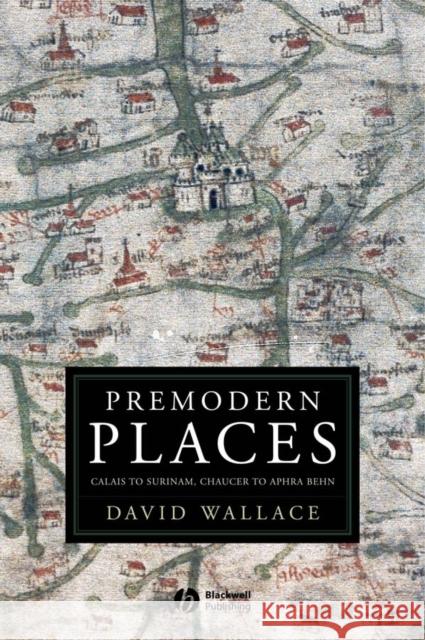Premodern Places: Calais to Surinam, Chaucer to Aphra Behn » książka
topmenu
Premodern Places: Calais to Surinam, Chaucer to Aphra Behn
ISBN-13: 9781405151528 / Angielski / Miękka / 2006 / 352 str.
This book recovers places appearing in the mental mapping of medieval and Renaissance writers, from Chaucer to Aphra Behn.
- A highly original work, which recovers the places that figure powerfully in premodern imagining.
- Recreates places that appear in the works of Langland, Chaucer, Dante, Petrarch, Spenser, Shakespeare, Aphra Behn, and many others.
- Begins with Calais - peopled by the English from 1347 to 1558 and ends with Surinam - traded for Manhattan by the English in 1667.
- Other particular locations discussed include Flanders, Somerset, Genoa, and the Fortunate Islands (Canary Islands).
- Includes fascinating anecdotes, such as the story of an English merchant learning love songs in Calais.
- Provides insights into major historical narratives, such as race and slavery in Renaissance Europe.
- Crosses the traditional divide between the medieval and Renaissance periods.











